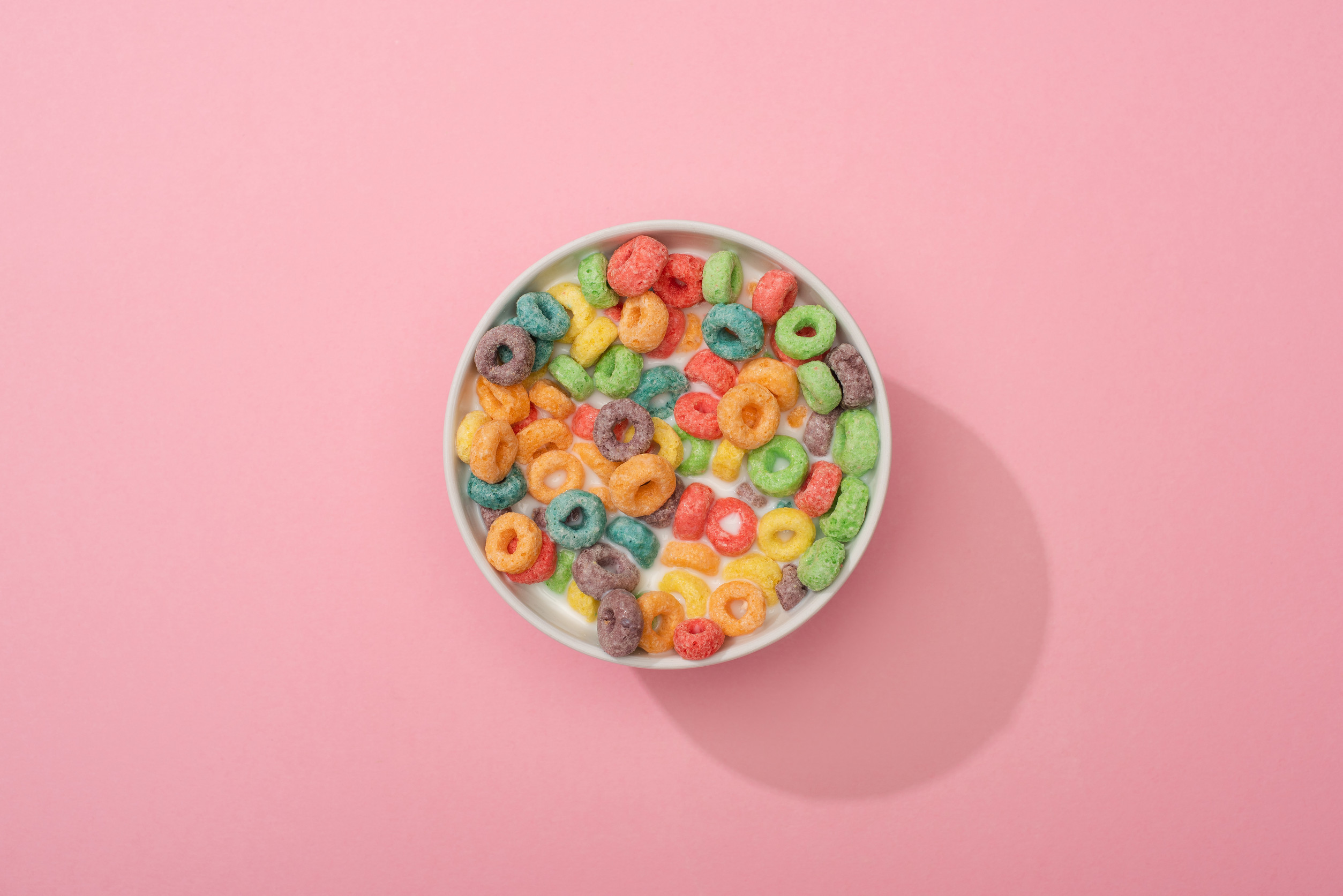
Ever reach the checkout and realize your favorite grocery items seem lighter than before—yet the price climbed? That’s shrinkflation in action, and it’s hurting your pocketbook even if the label hasn’t changed. Knowing which grocery items have been downsized—but still cost more—helps you spot the sneaky shifts and compare unit prices wisely. In this article, you’ll uncover eight common products where package size has shrunk but prices didn’t—or even increased. Ready to protect your grocery budget? Let’s break it down.
1. Breakfast Cereals with Less in the Box
Several well-known cereal brands have trimmed ounces from their boxes while keeping—or raising—prices. For example, some Kellogg’s varieties went from 24 oz to 21.7 oz, pushing per‑ounce costs up nearly 40% without any size indicator change. This is classic shrinkflation: same or higher price, less cereal to eat. Families who counted on full boxes are now paying more for fewer bowls. Checking the unit price on the shelf is your best defense.
2. Snack Foods like Chips and Party Packs
Party-size chips and snacks—think Cheetos, Wheat Thins, Lay’s—have shrunk in ounce count while costs stayed the same. About 27–38% of snack items have downsized since the pandemic, raising per‑unit prices significantly. Many shoppers notice fewer chips per bag but aren’t checking unit cost. That sneaky shrink means every handful costs more than before. Stick to standardized unit pricing to compare snacks smartly.
3. Candy or Treat Pack Bundles
Candy bundles and party-size chocolate packs have shrunk too—even as they keep the same price tag. Hershey’s multipacks, for instance, dropped from five pieces to four for the same $1 price point, making each candy cost up to 25% more. That’s a stealth price hike many shoppers don’t notice until they unwrap the truth. Candy lovers are effectively paying more for fewer treats. Always check the pack count and ounce weight before grabbing.
4. Cookies and Bakery Items
Even items like store-brand cookies are not immune—Costco’s sugar cookies slid from 24‑count to 21‑count while staying at $7.99. That’s a 12.5% cut in quantity for the same spend, sparking shopper backlash. Smaller packs feel deceptive when the label doesn’t highlight the change. Your family’s treats might shrink, but your bill doesn’t. Comparing the price per cookie or ounce exposes the true cost.
5. Ice Cream and Dessert Packs
Premium ice cream brands have quietly downsized containers. Some tubs that once held 16 oz are now 14 oz—even as prices remain steady or climb. That stealth change increases the per‑ounce sticker shock. You may notice the tub empties faster, but not that you’re paying more per scoop. Smaller servings feel subtle—but the bottom line isn’t sweet. Always compare net weight when buying.
6. Coffee or Beverage Packaging
Coffee brands sometimes reduce jar or bag net weight while keeping your price intact. For instance, industry habits show bags shrinking from one pound to fewer grams gradually over time. It’s strategic: consumers notice an outright price hike, but not a slight size reduction. That translates into a higher cost per ounce or cup brewed. Coffee lovers pay more whether they notice or not. Look at the gram weight versus price for true value.
7. Household Essentials (Bonus Grocery Adjacent)
While not food, paper towels and toilet paper follow the same pattern—and affect grocery bills. LendingTree and CBS report that around 60% of household paper products have dropped sheets per roll, driving up unit cost. These staples feel like basic necessities—but you’re getting less for more. Hidden shrink across these categories shows this strategy is widespread. Don’t assume value based on pack size alone—check sheets per roll and price.
8. Packaged Frozen Meals or Prepared Foods
Some frozen entrees and ready meals now weigh less or contain fewer ingredients—while prices remain unchanged. Though data is less centralized, consumers report noticing reduced portion size in meals that once felt full, especially mixed-ingredient bowls. Producers rely on packaging that looks unchanged, so subtle differences go unnoticed until mealtime. Portions shrink while the tag stays the same, so your per‑meal cost climbs. Scan net weight and per‑ounce pricing before tossing into your cart.
How to Outsmart Shrinkflation on Grocery Items
Shrinking product size while holding prices—or boosting them—is a growing issue for grocery shoppers in recent years. Despite inflation cooling, this stealthy tactic continues as brands adjust package sizing instead of overtly raising prices. Roughly one‑third of common grocery products have shrunk since the pandemic, based on LendingTree tracking. And surveys show most consumers—more than 75%—notice these changes, especially in snacks and desserts. By focusing on unit pricing and package weight, you keep the upper hand.
Which grocery item surprised you most by shrinking lately? Ever spotted it at checkout? Share your experience and tips in the comments!
Read More
8 Grocery Staples That Are Quietly Shrinking in Size
9 Foods That Have Quietly Shrunk in Size (But Not Price)
The post 8 Grocery Items That Are Being Downsized but Costing More appeared first on Grocery Coupon Guide.







